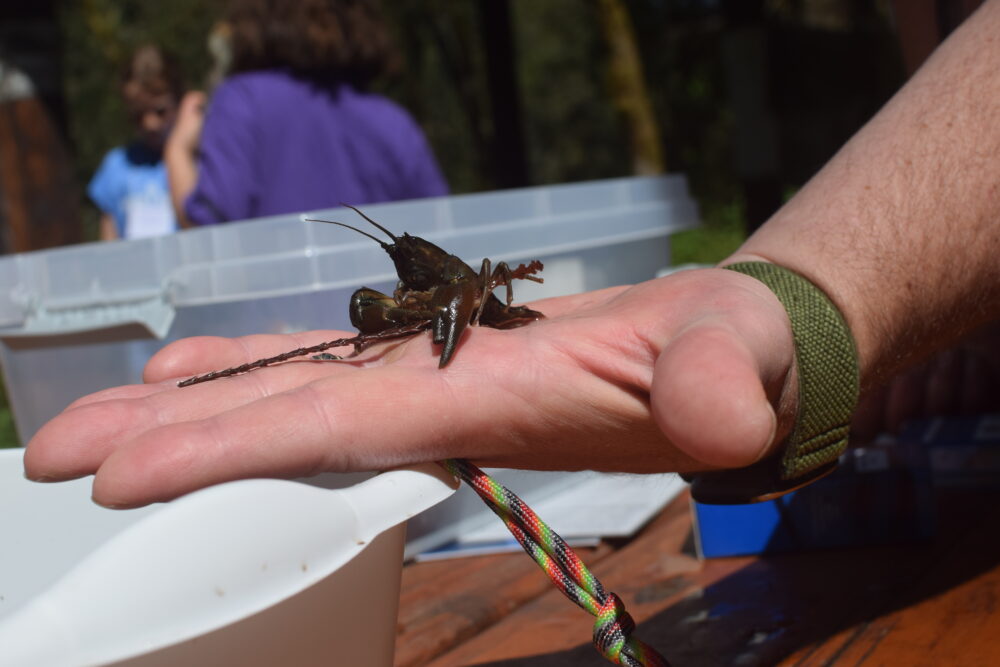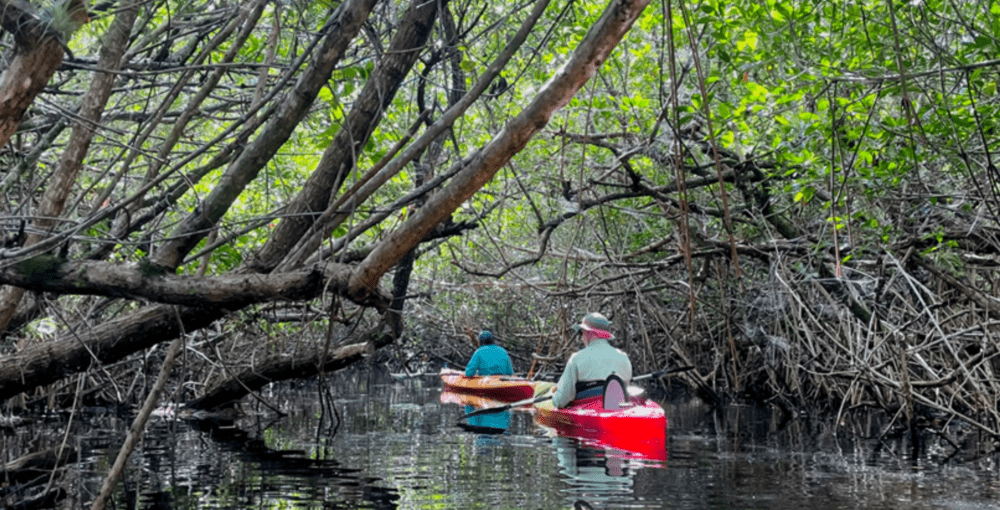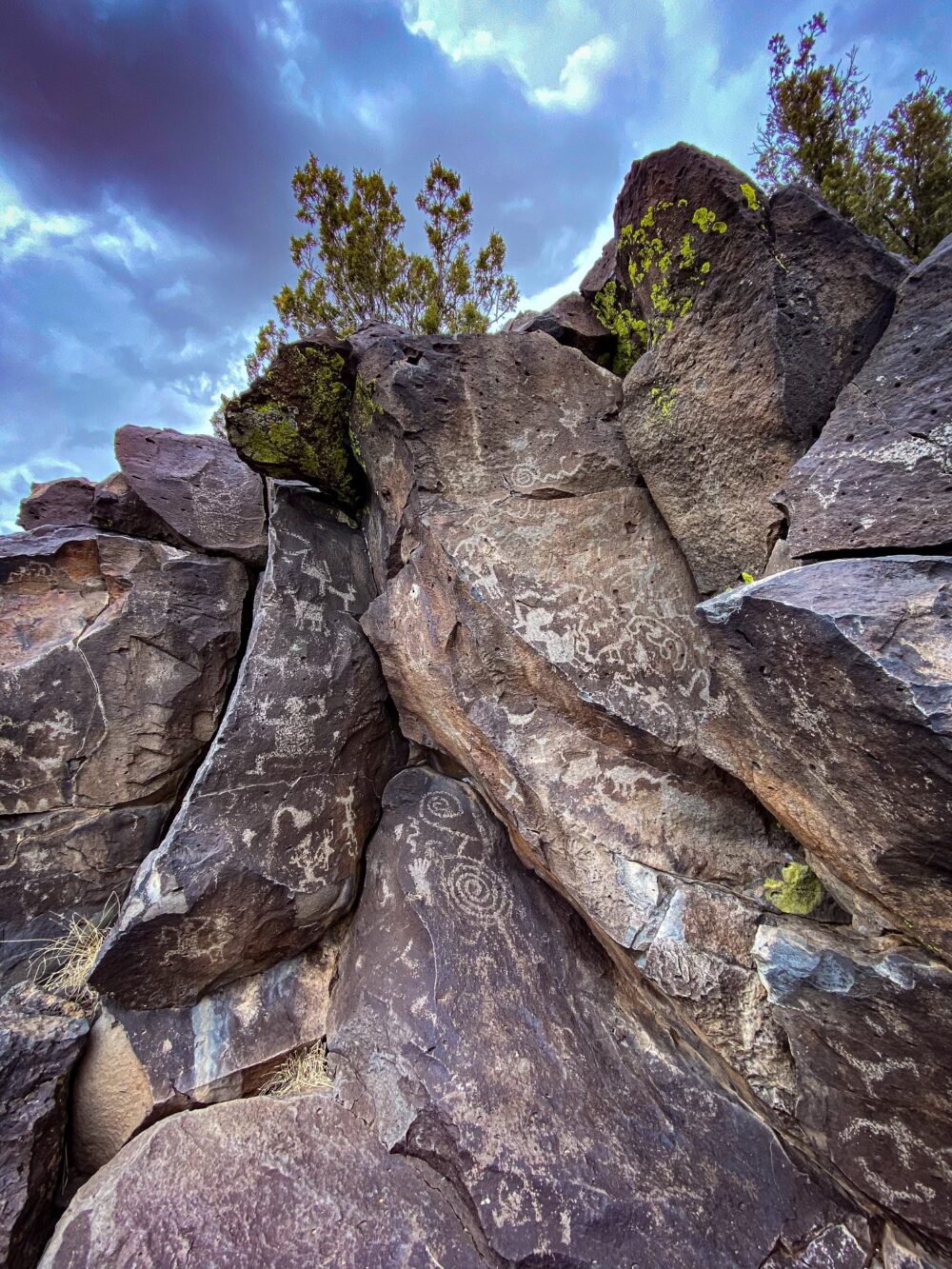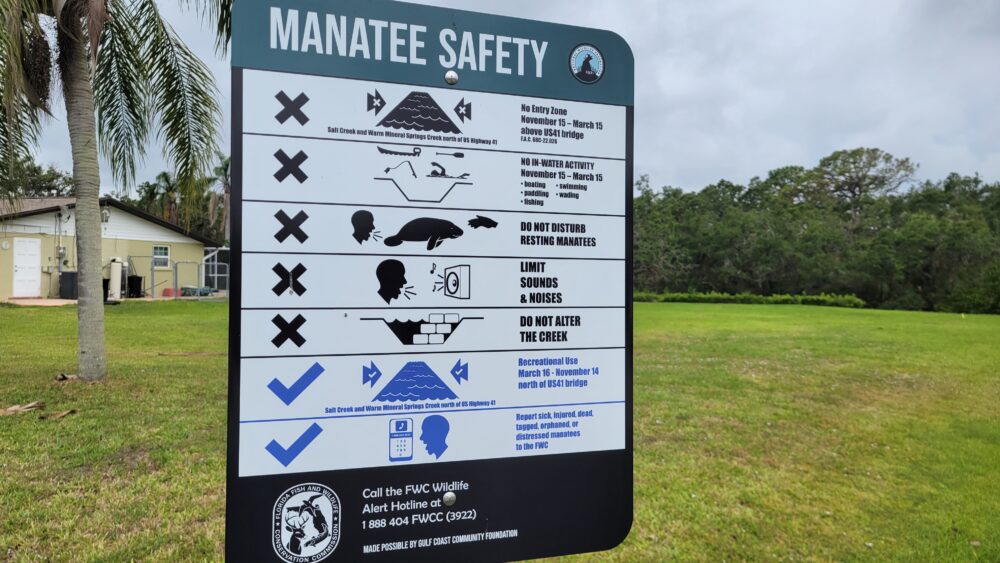We have much more to do and your continued support is needed now more than ever.
Spring is Closer Than You Think
With the severe winter we’ve been experiencing in many parts of the country, it’s easy to get cabin fever and a case of the winter blues. But if you know what to look for, you’ll see that spring is already quietly staging its annual coup on the bitterness of winter.

Here at National Wildlife Federation’s headquarters in Virginia, the change of seasons is afoot even though at a casual glance the landscape still looks like it’s in the grip of winter. Look closer, though, and you’ll see that the subtle scarlet-yellow blooms of the red maples are swelling as the trees are waking up and their sap starts to rise. Great horned owls are already sitting on their eggs, and gray squirrels are getting ready for their first litters of the year. In just about three weeks the wetlands and vernal pools will be be teaming with spotted salamanders and ringing with the cacophony of spring peepers and wood frogs as these amphibians gather to mate and lay eggs. And we all know that the groundhogs are waking up from their hibernation to check things out (the males, at least).
Depending on where you live, the species might be different and the timing ahead or behind by a few weeks from what’s going on here in Virginia, but make no mistake, spring is coming and mid-February is a perfect time to get outside and shake off the winter doldrums by looking for its harbinger signs.
NWF has a bunch of great ways to help you get outside and connected with nature, no matter what the season. Here are 5 ways that you can start experiencing spring in the middle of February.
1. Go on a Wildlife Watch
Check out our state wildlife checklists and then head outside to see what species you can see in your neighborhood. Bring binoculars and a notepad to record what you see, and when you head back inside share your sightings with us.
[youtube]http://www.youtube.com/watch?v=ULL-7MrpDxs[/youtube]
2. Plan Your Wildlife Garden
Check out the American Beauties Native Plants website to plan out what new wildlife habitat plants you’ll add to your garden once the ground thaws. Start seeds of native perennials indoors now so that they are ready to go. February is also a great time to put out nesting boxes for birds. Winter resident species such as chickadees and bluebirds start scouting nesting locations at this time of year. If you haven’t done it already, set a goal of providing the four components of habitat this spring so you can have your garden certified as an official wildlife habitat.
[youtube]http://www.youtube.com/watch?v=c0EjNAEXMuw[/youtube]
3. Photograph Nature
Take a camera with you on your Wildlife Watch and capture your wildlife sightings forever. You can submit your photos to National Wildlife magazine’s annual photo contest. Don’t worry if you’re not a professional photographer, NWF offers tips and ideas on how to take great nature photographs no matter your experience level.
[youtube]http://www.youtube.com/watch?v=DKnfgF-Ee0w[/youtube]
4. Register for the Great American Backyard Campout
NWF’s annual Campout event happens every June, but it’s not too early to start planning the festivities. The 2011 Campout happens on June 25th. Put this on your calendar now as you’re enrolling your kids in summer activities and send out a “save the date” reminder to friends and family.
[youtube]http://www.youtube.com/watch?v=IZXhuJkxxEg[/youtube]
5. Be Out There
Get the kids in your life into the habit of spending time outdoors at an early age . They’ll grow up healthier and more physically fit and you’ll plant the seeds for a lifelong love of nature. NWF’s Be Out There website has games, activities and ideas that will help kids turn off the TV, pause the video games, put down their cell phone and get outside.
[youtube]http://www.youtube.com/watch?v=qJnmzsBK7eM[/youtube]
Great horned owl photo by Darke County Parks on Flickr.





















